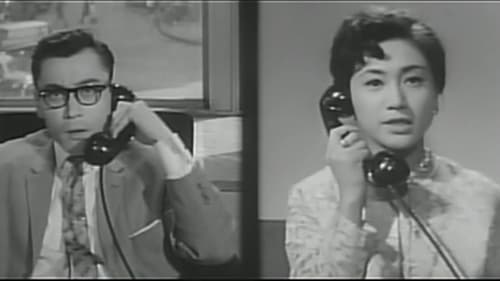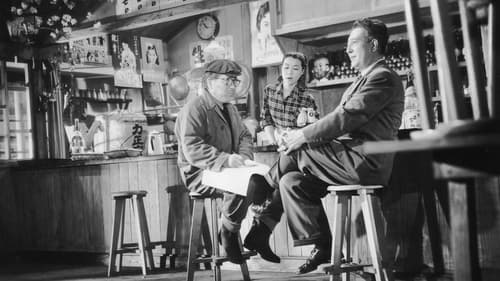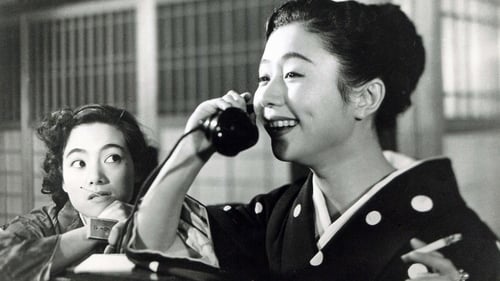
Director
The superhero Starman is sent by the Emerald Planet to protect Earth from belligerent aliens from the Sapphire Galaxy. The Sapphireans (or "Spherions") kidnap Dr. Yamanaka and force him to use his spaceship against the Earth.

Director
An evil brain from outer space unleashes monsters with deadly diseases on Earth with trying to conquer the universe. Superhero Starman must battle them all to save his planet.

Director
Super criminals are planning to infiltrate Earth with mass nuclear destruction! Only Starman can defend civilization by thwarting evil!

Director
A bunch of pernicious salamander men from the planet Kulimon in the Moffit Galaxy plan on taking over Earth by unleashing a lethal plague on mankind. It's up to valiant superhero Starman from the Emerald Planet to save the human race before it's too late.

Director
A omnibus movie consisting of the three parts: "Kechinbo", "Yowak" and "Kôshoku".

Director

Screenplay
Japanese crime film

Director
Japanese crime film

Screenplay
Japanese crime film

Director
Japanese crime film

Screenplay
The 7th Super Giant film. Super Giant battles a marauding alien brain-like creature created by a mad scientist and an alien army. (stand-alone episode)

Director
The 7th Super Giant film. Super Giant battles a marauding alien brain-like creature created by a mad scientist and an alien army. (stand-alone episode)

Assistant Director
The 1st film in the Super Giant movie series, in which the title hero saves the world from foreign terrorsts threatening Japan with a nuclear attack (Part 1 of 2)

Assistant Director
The 2nd Super Giant film.
Super Giant continues his battle against the foreign terrorists. In return, they frame him for murder. (Part 2 of 2)

Assistant Director
Takes place in one place, a beer hall, over the course of one evening. Uchida employs this concentration of setting and time to fashion a microcosm for a group portrait of Japan. One by one, the regulars of the bar appear: the pianist who dreams of becoming a composer but has disappeared from the music world after a knifing; a stripper who had planned to be a ballet dancer; an elderly painter trying to make a living at pachinko, and who rues his art having been used for militarist propaganda during the war; a young waitress considering elopement; a colonel turned real estate broker who attempts to rouse the crowd in military song until he realizes the tune has been transformed by marchers in the street into a leftist chant. The "twilight" is more than just a time of day; here, it is a state of being, a suspension between past and present, between the camaraderie of the saloon and the harsh world outside.

Assistant Director
An Inn at Osaka, rarely seen outside Japan, follows the story of an insurance company executive from Tokyo, Mr. Mito, who is demoted to the Osaka office. He takes a room at a small inn and tries to rebuild his life. Notable for its exquisite framing and cinematography, An Inn at Osaka allows its complicated plotlines to disappear behind the minutiae of penury and humiliation that Mito and others suffer during the post-war economic and social reconstruction.

Assistant Director
Gosho’s most celebrated film both in Japan and the West, Where Chimneys Are Seen is perhaps the most compelling example of his concern for, and insights into, the everyday lives of lower-middle-class people. Based on Rinzo Shiina’s novel of the absurd, the film depicts the lives of two couples against the backdrop of Tokyo’s growing industrialization during the 1950s.










